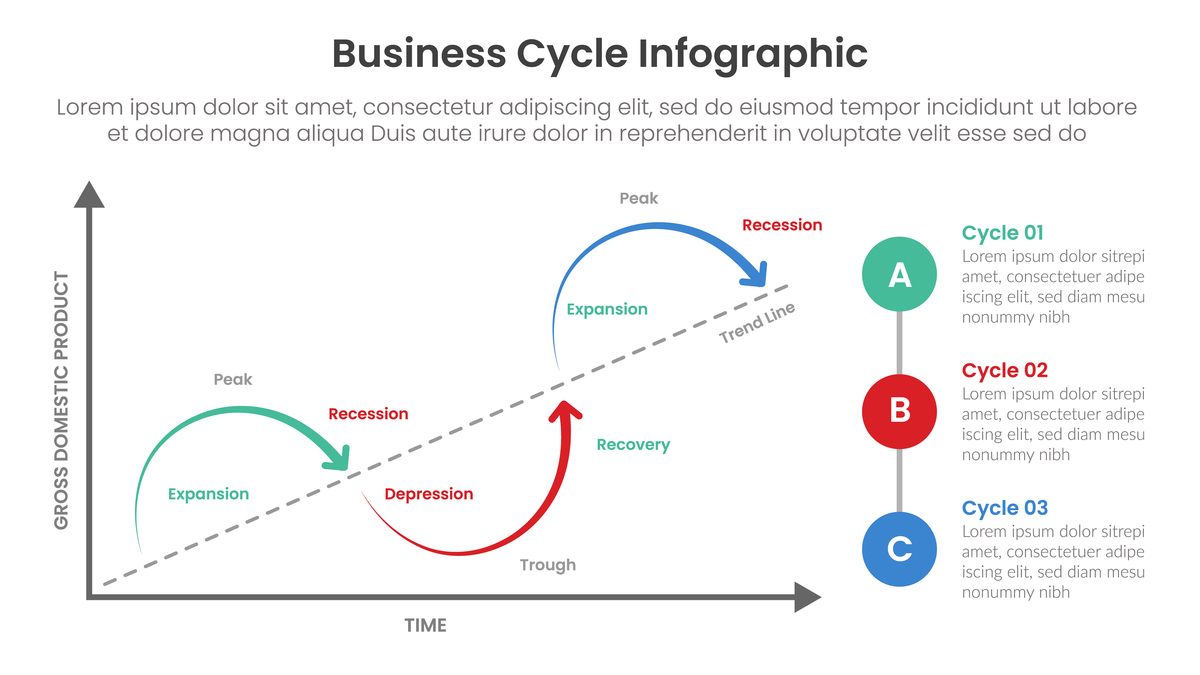Multiple Accuracy Indicators: Evaluating Model Performance with Multiple Metrics
Multiple Accuracy Indicators: Evaluating Model Performance with Multiple Metrics
In the realm of machine learning, evaluating model performance is crucial for ensuring reliable and accurate predictions. While accuracy is often used as a primary metric, relying solely on it can be misleading and fail to capture the nuances of model behavior. To obtain a comprehensive understanding of model performance, it's essential to employ multiple accuracy indicators.
Why Use Multiple Accuracy Indicators?
Using a single metric can be limiting because it might not fully represent the model's capabilities. Different metrics highlight different aspects of performance, allowing for a more balanced assessment. For example, while accuracy measures the overall correctness of predictions, it doesn't distinguish between true positives and false positives. Metrics like precision and recall provide deeper insights into the model's ability to correctly identify positive and negative instances.
Common Accuracy Indicators:
Here are some widely used accuracy indicators that can be combined for a comprehensive evaluation:
- Accuracy: The proportion of correctly classified instances.
- Precision: The proportion of correctly classified positive instances out of all predicted positives.
- Recall (Sensitivity): The proportion of correctly classified positive instances out of all actual positives.
- F1 Score: The harmonic mean of precision and recall, providing a balance between them.
- Area Under the Curve (AUC): A measure of the model's ability to distinguish between classes, often used for binary classification problems.
Interpreting Multiple Indicators:
By analyzing multiple metrics, you can gain valuable insights into your model's performance. For instance, a high accuracy score but low precision might indicate an overfitting scenario. Conversely, a high recall with low precision suggests the model might be classifying too many instances as positive.
Conclusion:
Using multiple accuracy indicators is a crucial practice in machine learning model evaluation. By considering various metrics, you can gain a deeper understanding of your model's strengths and weaknesses, leading to more informed model selection and optimization decisions.

原文地址: https://www.cveoy.top/t/topic/pJu6 著作权归作者所有。请勿转载和采集!